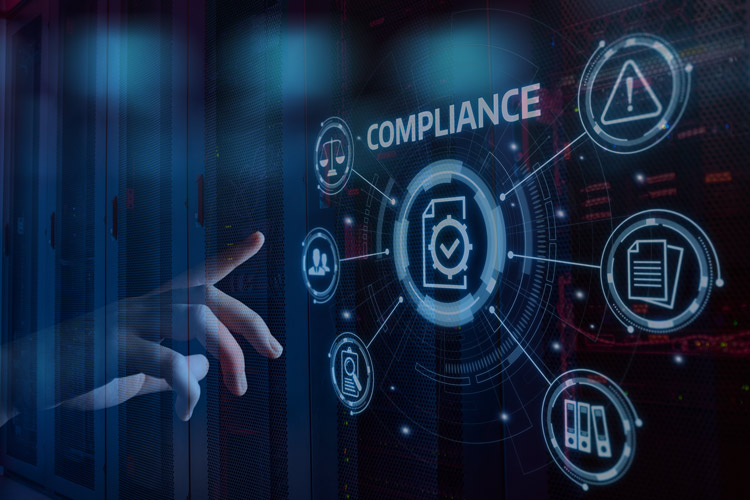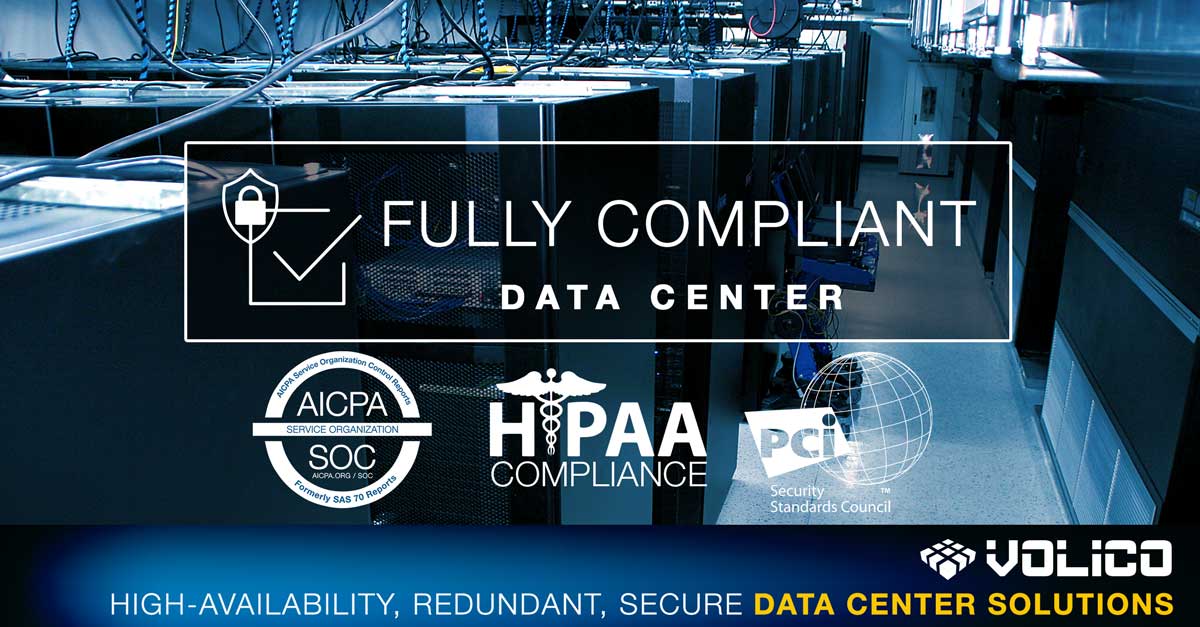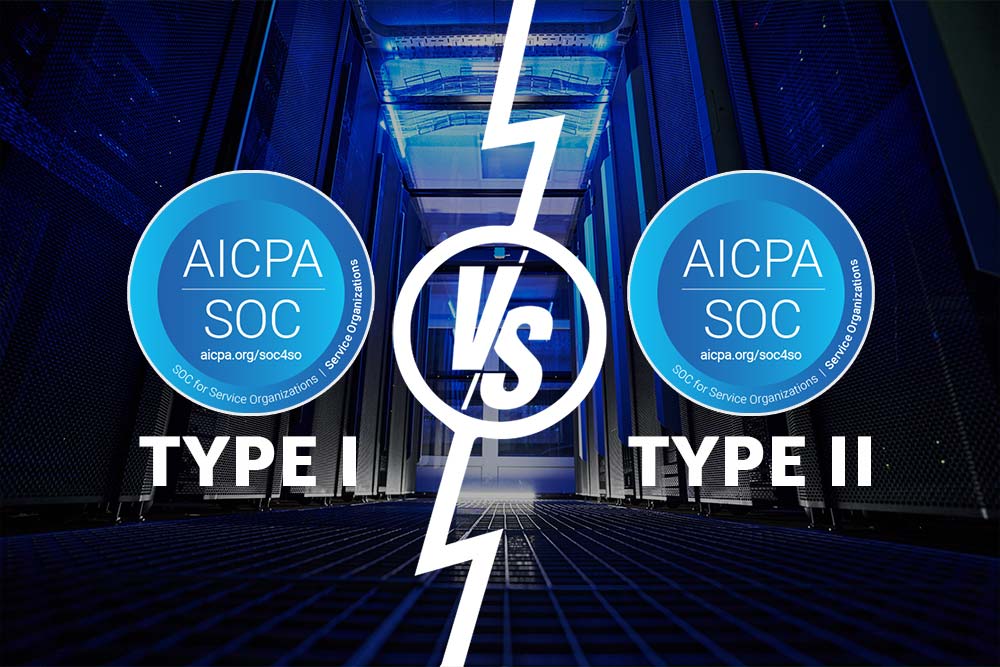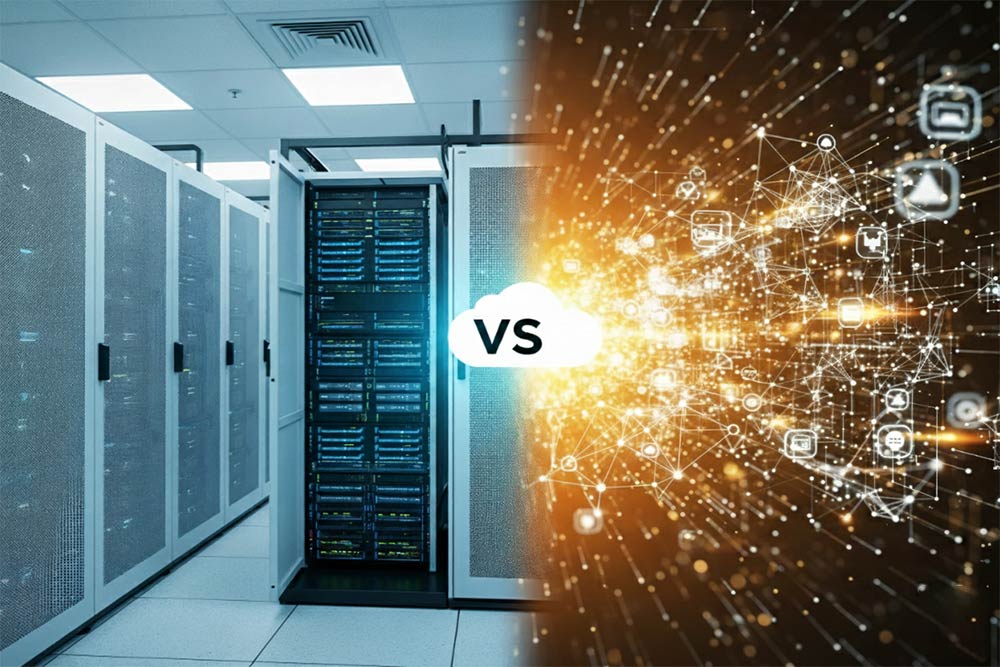Organizations today are increasingly relying on multiple different service providers for their many different needs. We have IaaS providers and SaaS providers to cover everything from email and payment processing to web hosting and a multitude of other needs. But how can you tell if a specific service provider is going to handle your organization’s sensitive data securely?
Since it would be impossible to verify personally how each business affiliate handles data at their data center, checking if a provider meets compliance standards is the only alternative. Compliance reports are a means to earn client trust and make the agreement process much shorter for both the future user and the service provider. A SOC 2 compliance audit provides information on whether an organization’s cybersecurity controls are suitably designed and in place to ensure the security, availability, confidentiality, and integrity of data. SOC 2 has two types of attainable audit reports: SOC 2 type 1 and SOC 2 type 2 compliance. Both of them assess the same points of reference, however, there are major differences between the two.
In this blog, we’re going to cover SOC 2 Type 1 and SOC 2 Type 2 compliance to help you choose the right type for your business needs.
What are SOC Audits?
SOC stands for Service Organization Controls, meaning that the audit focuses on the controls a service provider has in place. When a provider wants to attain proof of their controls regarding data security to ensure their customers that their data will be in good hands, they invite an auditor to verify their controls. Following the assessment, the auditor provides a written report. The provider can then show this report to customers to help them determine if they are a good fit. Undergoing the rigorous compliance process can generate customer value by receiving high-quality service and security assurance.
The category of SOC audits defines what the audit is verifying. There are three categories: SOC 1, SOC 2, and SOC 3.
SOC 1 checks financial statement controls but doesn’t provide a broad review of data security and privacy. For entrusting sensitive data with a provider, though, you need a SOC 2. This report is provided following a thorough testing and evaluation procedure that covers confidentiality, integrity, availability, and privacy controls in a data hosting environment. SOC 2 provides a confidential report for internal use and to be shared with customers. The third category, SOC 3, looks at the same criteria as SOC 2 but provides a report intended for public use.
As you can see, SOC audits are not simple, and their categorization doesn’t end here. In the following, we will examine the two subtypes, SOC 2 Type 1 and SOC 2 Type 2 compliance.
SOC 2 Type 1
Type 1 reports focus on the suitability of cybersecurity controls in all three categories. As opposed to SOC 2 Type 2 compliance reports, SOC 2 Type 1 reports don’t provide deep insight or include thorough testing of whether the controls are working properly. SOC 2 Type 1 reports offer an assessment of the appropriateness of confidentiality, availability, privacy, and integrity controls at a given point in time.
SOC 2 Type 2
On the other hand, SOC 2 Type 2 compliance reports provide a much more in-depth assessment after testing for a more extended period of time. It consists of a deeper evaluation of the functionality of several controls. It typically includes an assessment with software tools, penetration testing for vulnerabilities, and setting up or verifying redundancies. Achieving SOC 2 Type 2 compliance typically extends over a period of 3-6 months, but that can change depending on the organization’s preparedness and specific needs.

Choosing Between SOC 2 Type 1 vs. SOC 2 Type 2 Compliance
When looking into SOC 2 certification, you might be wondering whether SOC 2 Type 1 or SOC 2 Type 2 will be the appropriate choice for your business. To make an informed decision, you need to understand the key differences between the two types of compliance. Furthermore, your needs and motivations will be key in determining whether you need SOC 2 Type 1 or SOC 2 Type 2 compliance.
When to Choose SOC 2 Type 1?
Type 1 is recommended for businesses pursuing a SOC 2 audit for the first time, who might be lacking some of the necessary controls to pass a type 2. Since SOC 2 is a more time-consuming process stretched over a more extended period of time (3-6 months), organizations that need a SOC 2 certification fast should go for Type 1. With type 1, your controls are verified only once at a given point in time, and there’s no lengthy observation period before you achieve your certification.
Considering the size of the deals you’re after is probably the best guideline. If you plan to close small to medium-sized deals, Type 1 is typically sufficient and can save you the time and money you would have to spend on a SOC 2 Type 2 compliance.
Additionally, becoming type 1 certified can later serve as a good foundation when you opt for achieving type 2.
When Should Someone Pursue SOC 2 Type 2 Compliance?
To achieve SOC 2 Type 2 compliance, you must prove that your company has the necessary controls in place and demonstrate that you follow them over a longer period. This might require a degree of company maturity.
The size of the deals your company is after is a determining factor here, too. Pursuing medium to enterprise-level deals is much easier with SOC 2 type 2 certification. In most cases, having the certification makes the process of closing deals much faster. While you can substitute the certification with implementing your own internal policies, some clients might lose interest if you can’t show them a SOC 2 type 2 certification. Also, customers will want you to answer detailed questionnaires and will still want some sort of proof of your security controls, which might mean extra work every time.
Considering the Costs
Finally, cost is always a major game changer, so let’s look at the cost considerations for both types. Because type 2 is a much more in-depth solution that takes more time, it will obviously be more expensive than type 1.
Type 1 audits can range anywhere from $7500-$15000, and for larger companies, that can be between $20000 and $60000.
Type 2 audits for mid-sized companies can cost $12000 to $20000 on average, while for large enterprises, it can cost $30000 to $100000.
If your goal is to scale in the future and you’ll need the SOC 2 Type 2 compliance later, it might be a good idea to skip Type 1 altogether and jump right to Type 2. The cost is bigger upfront, but it saves you the price of the type 1 certification in the long term.
Conclusion
SOC 2 Type 2 compliance is crucial to provide customers with proof of your organization’s security posture. It is a necessary certification for all companies dealing with hosting sensitive data.
At Volico Data Centers, our facilities are built to offer enterprise-grade colocation, managed hosting, and cloud computing services. Our infrastructures exceed industry and regulatory standards to offer the highest quality, managed solutions for clients from diverse industries.
We provide SSAE16, SOC 2 Type 2 compliance audits and help our clients achieve compliance and advance successfully on their journey. Whether our clients come from healthcare, financial services, retail, or other industries, we offer personalized solutions that fit any business needs like a glove.
If you want to find out more about Volico’s audits, please contact us today.
Call (305) 735-8098 or leave a message in chat.










